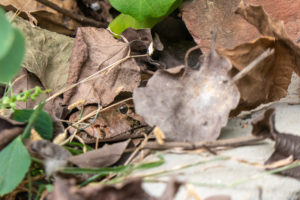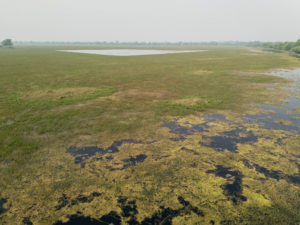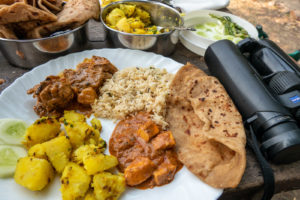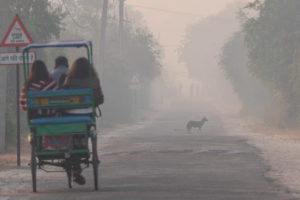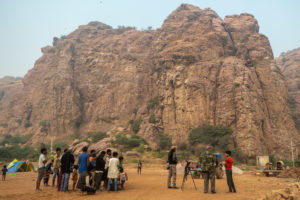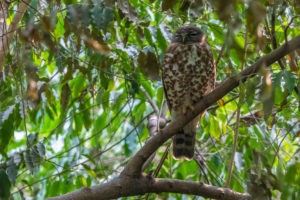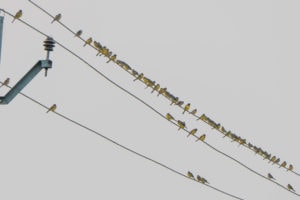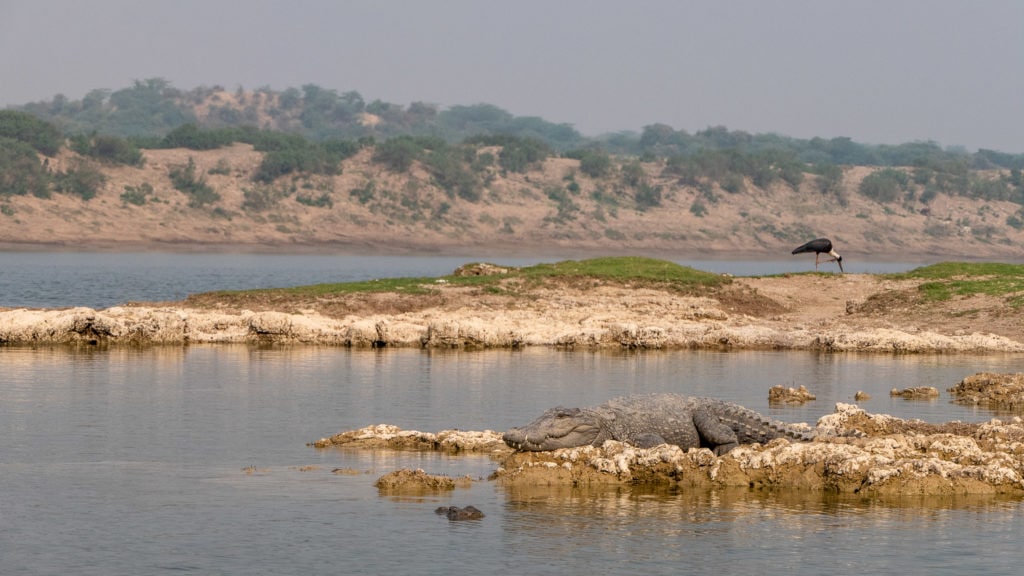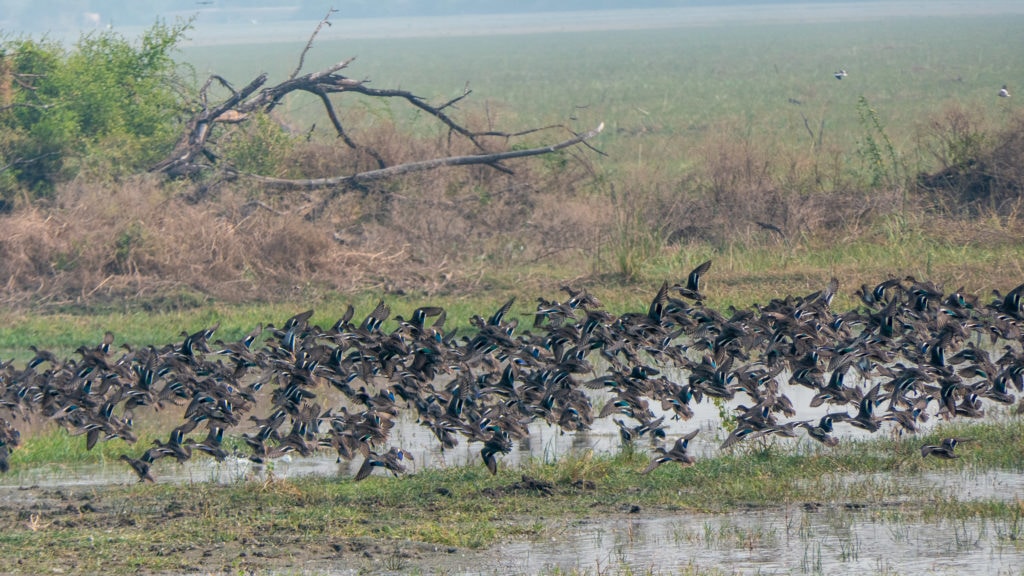
Mike Prince, Deepak Kumar, Pramod Singh
Logistics: Asian Adventures
Contents
Summary
This Bharatpur & Chambal River Birding Tour was the first of a number of short “Looking up from lockdown“ tours to top Indian birding destinations, taking advantage of a relaxation in COVID-19 restrictions. Itineraries were designed to be easy-paced, minimising travel, and using established bases that we knew to be implementing sensible health precautions. Overall birding was as usual fantastic, and we definitely felt safer being in outside environments in remote and uncrowded places, than stuck at home in towns and cities hardly getting out!
Driving from Delhi, we spent three nights at the famous Keoladeo Ghana National Park at Bharatpur, followed by one at the Chambal Safari Lodge, convenient for birding the Chambal River nearby. As well as these well-known sites, we took the opportunity to visit some lesser-known sites in the area—including seeing an amazing 96 species in our 2-hour afternoon visit to Ramsagar Wildlife Sanctuary, which had no previous records at all in eBird!
Altogether we saw 207 species in just 5 days, including travel days. The overall diversity and quality of birding in this area that leaves a lasting memory. Other than wildlife, the in-the-field lunches were a definite highlight! This tour was intended to be just a 5-day trip, and the itinerary was perfect for that. As always there is much scope for adding additional time. Keoladeo Ghana National Park is really worthy of an extra day itself, and more time based at Bharatpur would also enable a boat trip on the Chambal River at Dhaulpur in Rajasthan to allow an additional Indian Skimmer attempt, whilst giving the opportunity to visit Ramsagar Wildlife Sanctuary as we did, or other sites nearby which could hold Spotted Creeper, Marshall’s Iora and White-naped Tit for example. Few birders visit the Sarus Crane wetlands in Uttar Pradesh as it is a bit rushed when you only have one night there: a second night would make this easier, as well as allow time to explore some of the other excellent birding sites in this area: we never had much time to search for the localised Brook’s Leaf Warbler for example. Of course, it is almost sacrilege not to visit the Taj Mahal when passing Agra—our excuse was that we have all been before, but it really is worth multiple visits!
Tour Diary
Keoladeo Ghana National Park, Bharatpur
We left Delhi by car early morning and decided to skip Sultanpur National Park, which we would normally visit on this route, primarily because we had all been multiple times before and preferred to try less-visited areas closer to Bharatpur. In addition, the park itself is inexplicably closed due to coronavirus restrictions—for some reason, the Haryana government seem to think that outdoor exercise in an always socially distanced environment presents a health risk compared to people staying at home in Delhi! This isn’t too much of a problem for birders as there is excellent birding to be had on the outskirts of the National Park, but instead we aimed for Soor Sarovar lake near Agra as our first stop instead. Actually, not quite our first stop, because a small marsh beside the road whilst we were stopped at a tool booth gave us our only Greater Painted Snipe of the trip!
https://ebird.org/india/checklist/S75926819
Soor Sarovar was very foggy and we failed to find either of the Great White or Dalmatian Pelicans that we were hoping for. From a watchtower an Osprey gave us good views in flight and perched on a stick in the lake amidst the fog. Interestingly we’d been watched by a nearby Rhesus Macaque and as soon as I shouted out “Osprey!”, and we all lifted our bins, it sensed an opportunity and leapt in to grab a tupperware box from our breakfast, and then shot down the steps with it. After a while figuring out how to open the box it succeeded, and we then got a particularly indignant look when it discovered we’d already eaten everything!
Some commotion from Jungle Babblers alerted us to what we suspected was another raptor close by—it flew without us seeing it perched but we were able to get good scope views afterwards of this superb Dusky Eagle Owl. We’d been discussing phylloscopus warbler calls whilst listening to the many Hume’s Warblers and trying to find the scarce wintering Greenish. Finally, I heard one and announced it, whilst simultaneously thinking its more trisyllabic call sounded strangely closer to Green Warbler. Thankfully, it showed well for a few seconds and was indeed a Green Warbler: wintering in southwest India this was a great surprise here at this time of year. That wasn’t the last surprise of the day though as, when we returned to our parked car, I heard a rustling in the leaf litter and found a superb Rock Python, which hissed and attempted to hide from us!
https://ebird.org/india/checklist/S75926829
Arriving at Bharatpur for lunch, we decided to head for a dry area outside the park for the late afternoon, in particular for Indian Coursers. We had nice views of a flock of 15, with Long-legged Buzzard and Short-toed Snake Eagle hunting over the fields, and a Kestrel attempting unsuccessfully to catch a Siberian Stonechat. This area often holds flocks of larks—we were only able to find two Greater Short-toed, although Indian Bush Larks were good to see. Similarly, Isabelline Shrike was nice, and we had incredibly close views of a juvenile Long-tailed Shrike and a Bluethroat.
https://ebird.org/india/checklist/S75926834
We stayed at the Pride Kadamb Kunj hotel in Bharatpur. It was a large hotel and fairly empty, so social distancing was particularly good and the staff were excellent with general health precautions: masks and sanitiser in abundance!
The following day we spent entirely inside Keoladeo Ghana National Park, where we were accompanied by a top local birder and guide, Mahendra Singh. The easiest way to bird here is to hire a cycle rickshaw—the guides tend to know the best areas and some of the key birds, and you can get off and walk wherever you want to. Bird numbers depend majorly on the level of water inside the sanctuary, and this varies year on year based on the season’s monsoons, and demands for water from nearby villages. This year the water levels were fairly low, with much wet grassland but few extensive areas of open water. This meant that bird numbers were a bit low, especially for ducks and other waterfowl, but pleasingly the variety was excellent and birding very enjoyable as usual. We did see the first Bar-headed Geese of the winter, lots of Knob-billed Ducks (formerly Comb Duck, this name now applying to the split South American birds), a Black Bittern alongside the main path, White-tailed Lapwing and Grey-headed Lapwing, the latter a local rarity. Raptors are usually obvious and today we were able to get a great comparison between four species of “aquila” eagles: Greater Spotted and Indian Spotted, Steppe and Eastern Imperial.
Not wanting to waste valuable birding time, we had arranged for our lunch to be delivered to us from the hotel, and a delicious piping hot feast duly arrived at 1pm! For my British birder friends for whom lunch in the field is a sandwich and packet of crisps from a garage shop, come and join us here sometime for fresh and hot chicken curry, paneer butter masala, jeera aloo, and parathas!
The Painted Stork colony was particularly noisy and busy, and we enjoyed watching several families at close range.
Towards the end of the day, we got superb views of another Dusky Eagle Owl, this time persistently mobbed by crows and bulbuls as opposed to the babblers that the morning’s bird suffered from! Finally, mammals were not to be forgotten—whilst we started the morning with Golden Jackals in the mist along the main path from our cycle rickshaw, the return journey at dusk gave us a quick Common Palm Civet racing across the path.
https://ebird.org/india/checklist/S75994636
Bayana Cliffs, Bund Baretha and Ramsagar Wildlife Sanctuaries
The following day we decided to visit Bund Baretha, a well-known dam and reservoir that can hold a different selection of birds to Keoladeo Ghana. Leaving Bharatpur a small marsh gave us a Paddyfield Warbler and an unexcepted Eurasian Hobby: a scarce autumn passage migrant here.
https://ebird.org/india/checklist/S76033275
We then headed to the cliffs outside the village of Bayana, where a colony of the critically endangered Indian Vultures (formerly Long-billed Vulture) survives. We had excellent views, accompanied by some intrigued schoolkids who were supposed to be doing online lessons, of about a dozen birds both perched and in flight.
https://ebird.org/india/checklist/S76033288
In Bayana we found an intriguing wagtail, superficially resembling the taivana subspecies of Eastern Yellow Wagtail with its clear yellow supercilium, greenish crown and ear coverts. However, a hint of a pale surround to the ear coverts, greyish scapulars and wide white wing bars are very much pro Citrine features, and it may well have been a hybrid.
Bund Baretha itself was very foggy and we decided to not spend too long here, but explore some completely new areas. We did manage to see Blue-cheeked Bee-eater, Striated Babbler and Tricolored Munia in our short stop though, and an impromptu look at a rocky area from the road gave us a brilliant Sirkeer Malkoha, plus Rufous-fronted Prinias.
https://ebird.org/india/checklist/S76034455
https://ebird.org/india/checklist/S76036014
Prior to the tour I had spent time using Google Earth and eBird, and identified promising looking habitat at Ramsagar Wildlife Sanctuary—a protected area that no-one I knew seemed to have heard of, and for which there were no nearby records in eBird at all! Being in an enterprising mood, we decided this was worth exploring.
Before we arrived here another stop along the road at a nice-looking wetland gave a great selection of waterbirds, including Ferruginous Ducks, Marsh Sandpiper, several Dunlins (quite scarce inland) and many River Terns.
https://ebird.org/india/checklist/S76035372
Ramsagar was a large lake, with an extensive dry area surrounding it which would be inundated following good rains. This had an excellent variety of birds and we tried to cover as much of the area as we could in the limited afternoon time we had. But first, getting our priorities right, it was time for another super cooked lunch in the field, this time one of my favourites—Chicken Biryani!
Whilst enjoying lunch we were treated to a juvenile Bonelli’s Eagle flying over the dry lakebed, flushing several Tawny Pipits and Yellow Wagtails. Both Variable and Isabelline Wheatears were seen here too. A Curlew was fairly unusual, and River Lapwing another good wader, and we were pleased with super views of several Barred Buttonquails. Overall, the site had fantastic variety and we will definitely make it a regular feature of future tours. It can easily be combined with a boat trip on the nearby Chambal river at Dhaulpur, looking for Indian Skimmer and Black-bellied Tern—we were unfortunately just a couple of days too early for this as boats were not yet running following coronavirus restrictions.
https://ebird.org/india/checklist/S76035619
Before returning to Bharatpur we checked out a couple of other waterbodies in the area, seeing a good selection of waterbirds. Talab Shahi in particular had large numbers of Bar-headed and Greylag Geese, Spoonbills, and Kentish Plovers.
https://ebird.org/india/checklist/S76034573
We enjoyed a fine dinner back at our hotel but hadn’t quite finished, for we heard a loud squawking and walked out to see a Common Hawk Cuckoo that had been found by hotel staff! It seemed uninjured and flew off fine when released.
National Chambal Sanctuary and Sarus Crane Wetlands
After a leisurely start this morning, we drove east into Uttar Pradesh to the Chambal Safari Lodge, a delightful heritage property. Just before we reached there, we stopped at a small farm where there was the lovely sight of a flock of feeding Red-headed Buntings.
https://ebird.org/india/checklist/S76073912
Chambal Safari Lodge has excellent grounds for birding, and we managed to see the regular wintering Brown Hawk Owl before we even checked in to our rooms—in the same tree that I saw it five years ago!
There were several Red-breasted Flycatchers and an Orange-headed Thrush also, and an Egyptian Vulture flew over whilst we were eating our lunch on the lawn. A longer stay would have given us a better chance of finding Brook’s Leaf Warbler, which is regular here.
https://ebird.org/india/checklist/S76073969
However, we were on a fairly tight schedule because we wanted to visit the wetlands in Etawah district of Uttar Pradesh, which support large populations of Sarus Cranes. We were not to be disappointed here as we found a super gathering of at least 35 in slightly spread-out small groups, with some pairs displaying at times, and several young birds present.
Plenty of other good birds were seen in the late afternoon, including Cotton Pygmy Goose, Black-necked Storks, Bonelli’s Eagle, Isabelline Shrike, Yellow-bellied Prinia, Moustached and Paddyfield Warblers, and Rosy Pipits. I was particularly pleased to get good views of the subtle Hume’s Short-toed Lark: maybe not the most exciting species and more one for birding connoisseurs, but a difficult to find species away from Ladakh in the summer.
https://ebird.org/india/checklist/S76074147
https://ebird.org/india/checklist/S76106595
This area deserves more birding attention—I saw both Smoky and Common Grasshopper Warblers there on my last visit.
Throughout our time here we were accompanied by the resident naturalist Bachchu Singh, who was great company and deeply knowledgeable about the history of the region and its wildlife.
The main reason for visiting this area is to take a boat trip on the River Chambal, home to the endangered Indian Skimmer and Black-bellied Tern, as well as being a sanctuary established to protect the Gharial, a fish-eating crocodile. This was our plan for our last morning, but not before a drive through the farmland en route showed us a single flock of 100 Red-headed Buntings, perched together on roadside wires.
https://ebird.org/india/checklist/S76106600
Before we took the boat, we explored the ravines nearby where we found two particularly difficult birds, Sirkeer Malkoha and Jungle Prinia.
https://ebird.org/india/checklist/S76106605
The calm boat ride on the Chambal is always a great experience. I have never seen as many Gharials before, and they are present here together with Mugger Crocodiles, one of which we saw had lost half its snout—presumably, it had been mugged itself! Views of Black-bellied Terns were superb, but we were unlucky with the skimmers—they haven’t been very predictable here in recent weeks. River Lapwings and Great Thick-knees were obvious, Pallas’s Gulls flew past us upriver, and Sand Larks on the shore gave an excellent display singing and feeding.
https://ebird.org/india/checklist/S76106618
Unfortunately, it was then time for us to drive back to Delhi, musing on a fantastic short tour and looking forward to coming back again, and for longer!

